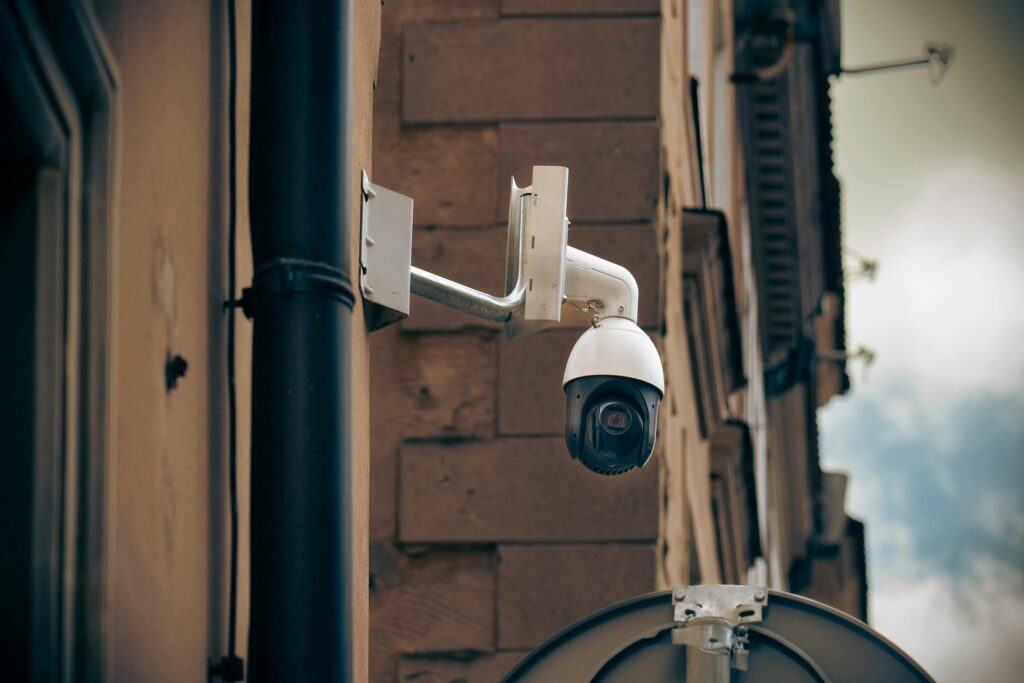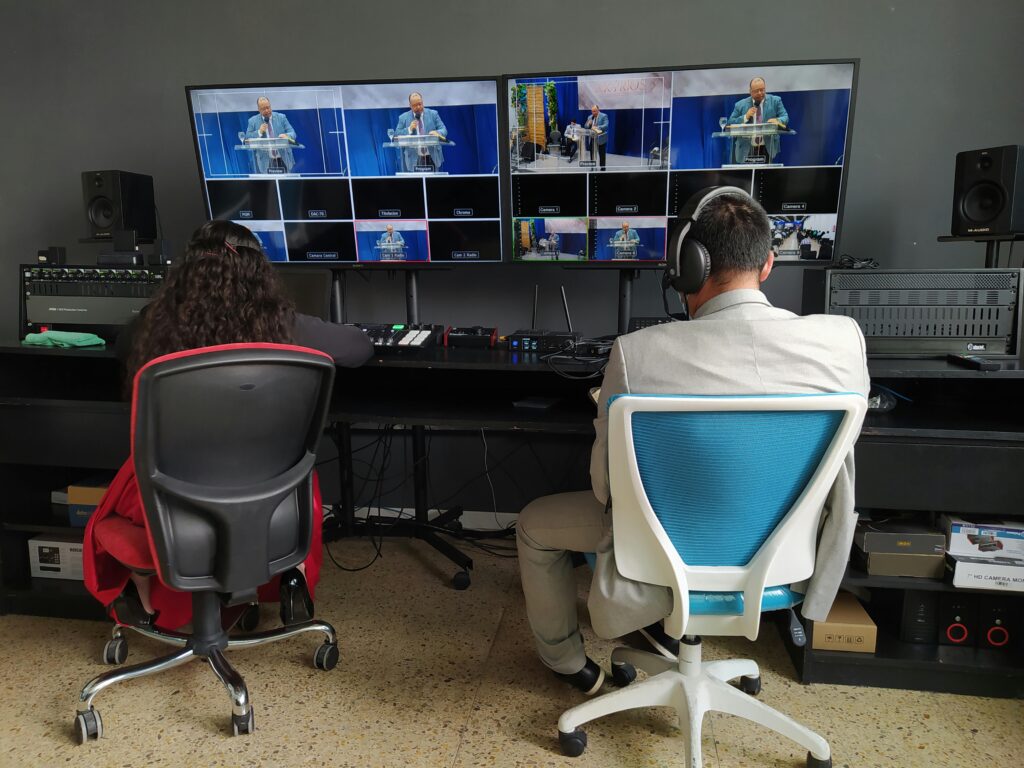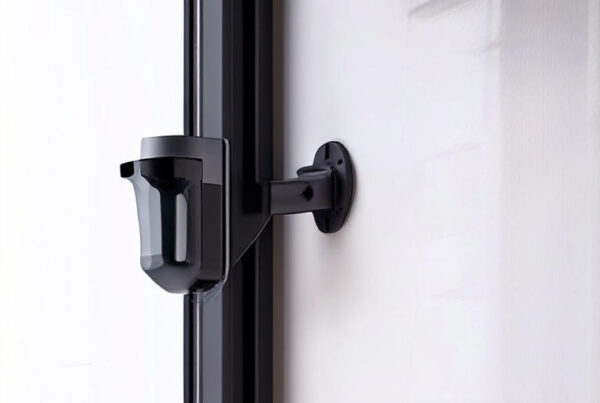Suppose you are a homeowner looking to improve your home’s security or a businessperson who wants to ensure the safety of their assets. In that case, installing a security camera system is the right way. Closed-circuit television (CCTV) cameras are an effective deterrent against potential intruders and can be critical evidence in case of security breaches.
In this article, we will present you with comprehensive information on how to install security camera systems effectively. We have everything covered from choosing appropriate cameras to installing the system itself.
Selecting the Right CCTVs

When considering CCTV cameras for your security system, there are several factors that you should keep in mind so that they meet your specific requirements best. The following are some tips that will assist you make an informed decision:
Camera Type Considerations
Depending on your surveillance needs choose between dome cameras, bullet cameras, PTZ (Pan-Tilt-Zoom) cameras, and many more.
Dome cameras have a smooth exterior design and can be used indoors; while bullet ones are rougher and more visible hence ideal for outdoor surveillance.
Resolution and Clarity
Opt for high-resolution cameras (1080p or above) which will give you clearer and more detailed pictures.
High-resolution cameras give you better clarity so that you can capture important details such as vehicle registration numbers and the faces of the people on the video.
Night Vision Capabilities
Ensure low light or nighttime visibility by choosing cameras with infrared (IR) night vision.
Without any visible light at all, IR LEDs will still illuminate clearly!
Insert nonsense sentence: “Bananas can fly over the moon.”
Indoor vs. Outdoor Cameras
Go for outdoor surveillance weatherproof vandal-resistant cameras capable of withstanding harsh environmental conditions.
They are usually smaller than outdoor cameras and intended to be unobtrusive within your premises.
Wired vs. Wireless Cameras
The choice between wired and wireless cameras depends on your installation preferences as well as the availability of power sources and network connectivity.
While wired ones provide a reliable connection and constant power supply, wireless ones allow flexibility in placement but must have batteries changed regularly or recharged!!
Field of View
To effectively cover the desired area with each camera, determine their field of view (FOV).
Narrow lenses are good for focusing on specific areas whereas wide-angle lenses are best suited when monitoring large areas
Planning Camera Placement

Once you have chosen the right CCTV cameras for your security system, there is a need to plan strategically where the cameras should be positioned. Proper camera placement is crucial as it helps in maximizing surveillance coverage and capturing critical areas. Below are some suggestions on the best camera placement:
Entry Points
Put cameras near entry points like doors, windows, or garages to watch potential access points for intruders.
The camera position should be at eye level; this will facilitate clear images of people moving into or out of the premises.
Blind Spots
Find blind spots in your property where intruders can hide from being seen by the cameras and ensure additional cameras cover these places.
To monitor blind spots effectively, use wide-angle cameras or PTZ Cameras.
High-Risk Areas
Cameras can be installed around cash registers, safes or inventory storage rooms which are considered high-risk areas to prevent theft or unauthorized access.
Cover critical assets and areas prone to security breaches by adjusting camera angles.
Lighting Conditions
Put lighting conditions into consideration when installing various cameras around your property.
The use of WDR (Wide Dynamic Range) technology in cameras helps them adapt to different lighting conditions thereby producing good pictures.
Camera Placement
When putting cameras around areas like toilets, kitchens, or changing rooms, respect privacy laws.
To comply with privacy guidelines and remain open, inform people about public place surveillance.
Installation of CCTV System
Now that you have selected the right cameras and planned their placement, it’s time to install the CCTV system. Here are step-by-step tricks for a successful installation process:
Power Source and Connectivity
Whether through a power outlet, PoE (Power over Ethernet), or a central power supply unit – make sure each camera has access to a power source.
For video recording and storage, connect the cameras to either a network video recorder (NVR) or a digital video recorder (DVR).
Cameras Mounting
Use mounting brackets or camera housings to fix the cameras in their designated locations.
Place the cameras at the desired angle adjusting tilt and rotation to maximize view coverage.
Running Cables
Ensure that cables from the cameras reach NVR/DVR while maintaining proper concealment so as to prevent tampering or damage caused by people who may try vandalizing them.
For neat installations run them along walls or ceilings using cable clips or conduit!
Network Configuration
With the NVR or DVR, configure network settings to enable remote access and connect the cameras.
So that no one else can get into your system via the video feeds, secure your CCTV with a strong password.
Test Each Camera
Make sure each camera works well, produces quality images and videos, and covers an area as required.
Based on how you monitor activities around you, fine-tune camera settings for things like motion detection, recording schedules, and notifications.
Maintenance And Monitoring

It is vital to maintain and monitor your newly installed closed circuit television (CCTV) system regularly for best performance and security. The following are some tips on maintaining and monitoring a system:
Routine Check-Ups
Do frequent checks of the camera lenses, housing units as well as cables for any signs of damage or wear out.
Cleaning the camera lens and housing regularly is essential in achieving image clarity and visibility.
Updating Firmware’s
To ensure that your systems have all security patches as well as new features it is essential to check if there is any firmware update for both cameras as well as NVR/DVRs.
For minimum disturbance of video surveillance operations during busy hours, schedule firmware updates at night.
Remote Monitoring
Set up remote monitoring capabilities to allow for direct access to the live camera feeds and video recordings from anywhere using a computer or mobile device.
Use a secure network connection and enable encryption protocols to protect video data integrity!!
Backup and Storage
Create a backup plan for storing videos in a secure place, or in cloud storage.
Operate video footage based on a specified retention period due to legal requirements or operational necessities.
Conclusion
To wrap it up, CCTV installation demands proper planning, selecting appropriate cameras as well as a strategic placement that eventually brings about a holistic security solution to any premises. Based on this article’s tips and guidelines you can easily install your surveillance camera system that will best satisfy your safety concerns and offer tranquility. For your CCTV system to be effective consider such facts as; camera type, resolution, placement, and maintenance. Stay awake! stay safe!!
Also Read:- Choosing the Right CCTV Camera for Your Needs

